Home>Ideas and Tips>How To Create A Cozy Corner For Mindfulness And Meditation


Ideas and Tips
How To Create A Cozy Corner For Mindfulness And Meditation
Published: November 2, 2024
Create a serene space for mindfulness and meditation with our guide. Learn how to transform any corner into a cozy, clutter-free haven.
(Many of the links in this article redirect to a specific reviewed product. Your purchase of these products through affiliate links helps to generate commission for Storables.com, at no extra cost. Learn more)
Creating a cozy corner for mindfulness and meditation is an excellent way to cultivate a sense of calm and inner peace in your home. Whether you have a dedicated room or just a small corner in your living space, transforming it into a meditation haven can significantly enhance your mental well-being. In this article, we will guide you through the process of creating a serene and inviting space that fosters mindfulness and meditation.
The first step in creating your meditation corner is to select the perfect location. Ideally, you want a spot that is quiet and free from distractions. This could be a corner of your bedroom, a section of your living room, or even a small nook in your backyard if you have the space. The key is to find a place where you can retreat without being disturbed.
If you don't have a dedicated room, don't worry You can still create a meditation corner in any room of your home. For example, you might use a corner of your bedroom or living room. Alternatively, if you're fortunate enough to have a yard or live in a warmer climate, you could even meditate outside on a deck or in a nearby park.
Considerations for Location
- Quietness: A quiet space is essential for meditation. If possible, choose a location where you can close the door and be alone with your thoughts.
- Natural Light: Soft, natural lighting is ideal for a meditation space. If possible, choose a location that gets plenty of natural light during the day.
- Accessibility: Ensure that your meditation corner is easily accessible so that you can visit it regularly without much effort.
Once you've chosen your location, it's time to clear the space of any clutter or distractions. A clutter-free space is essential for meditation as it helps clear your mind and prevent distractions.
Tips for Clearing the Space
- Remove Clutter: Get rid of any unnecessary items that might be distracting or stressful. This includes electronics, paperwork, and other items that could pull your attention away from your practice.
- Simplify: Keep your meditation space minimalistic to help clear your mind. A tidy and uncluttered space allows your thoughts to settle, preventing distractions during your meditation practice.
- Organize: Store non-essential items out of sight to create a peaceful and harmonious environment for inner reflection.
Comfortable seating is crucial for a successful meditation practice. You want to choose seating that allows you to sit comfortably for an extended period without becoming uncomfortable or distracted.
Options for Comfortable Seating
- Cushions: Use cushions or a meditation bench to provide support and comfort during your meditation sessions.
- Chairs: If you prefer sitting in a chair, make sure it is comfortable and allows you to maintain good posture.
- Experiment: Try different types of seating until you find what works best for you.
Calming decor is essential for creating a serene atmosphere in your meditation corner. Choose items that help you feel relaxed and centered.
Ideas for Calming Decor
- Candles: Soft, warm lighting such as candles or lamps can create a cozy atmosphere.
- Plants: Add indoor plants like peace lilies or bamboo to bring the outdoors in and create a calming ambiance.
- Artwork: Hang calming artwork or prints that resonate with you, such as serene landscapes or abstract designs.
- Rugs and Pillows: Incorporate soft textures like throw pillows, rugs, or curtains to create a cozy and inviting space.
- Mirrors: Add mirrors or reflective decor to create the illusion of a larger space and enhance the sense of serenity.
In addition to comfortable seating and calming decor, there are several other essentials you can add to enhance your meditation practice.
Meditation Room Essentials
- Incense: Use incense or essential oils like lavender, peppermint, or eucalyptus to create a calming scent in your meditation space.
- Sound Machines: Consider using sound machines or playing ambient sounds like rain or ocean waves to enhance the atmosphere.
- Meditation Timer: A meditation timer can help you stay focused and ensure you practice for the right amount of time.
- Personal Touches: Add personal touches such as family photos, artwork you've created, or mementos from your travels to make the space uniquely yours.
Personalizing your meditation space is crucial for making it feel welcoming and supportive. Choose items that have personal meaning to you and add them to your space.
Read more: Creating A Cozy Outdoor Meditation Space
Tips for Personalizing Your Space
- Meaningful Items: Choose items that have personal significance such as a favorite piece of artwork or a special cushion.
- Photos and Mementos: Add photos of loved ones or mementos from meaningful experiences to create an environment that feels nurturing and supportive.
- Creative Expression: Get creative and make your own relaxing pictures or artwork to hang on the walls. This allows you to infuse your meditation room with personal energy and creativity.
Establishing a routine is key to maintaining a consistent meditation practice. Choose a specific time each day when you can visit your meditation corner without interruptions.
Benefits of Routine
- Consistency: Practicing in the same location every day helps establish a routine and habit that makes it easier to stick with your meditation practice.
- Relaxation: The familiarity of your meditation space helps you relax more quickly and easily, making it easier to get into a meditative state.
- Mindfulness: By associating the space with relaxation and mindfulness, you'll find it easier to focus during your practice.
Creating a meditation corner is not just about setting up a physical space; it's also about making it a safe haven where you can retreat from the stresses of daily life.
Tips for Making It a Safe Haven
- Declutter Regularly: Regularly declutter your meditation space to maintain its serenity and prevent clutter from building up again.
- Set Boundaries: Establish clear boundaries with family members or roommates to ensure that you have uninterrupted time for meditation.
- Use It Regularly: Visit your meditation corner regularly, even if it's just for a few minutes each day. This will help you maintain the habit and keep the space feeling peaceful.
Creating a cozy corner for mindfulness and meditation is an investment in your mental well-being. By following these steps—choosing the right location, clearing the space, adding comfortable seating, incorporating calming decor, adding meditation room essentials, personalizing your space, creating a routine, and making it a safe haven—you can transform any room into a serene oasis that fosters tranquility and inner peace.
Remember that creating such a space is not about spending a lot of money; it's about being creative and resourceful with what you already have. Whether you're looking to make a Zen room or simply create a calm living space, these tips will help you achieve the tranquil atmosphere you desire.
By incorporating these budget-friendly tips and tricks, you'll be well on your way to creating a serene oasis in any room of your home. So take some time today to transform one of your old rooms into your very own meditation haven—a place where you can retreat from the chaos of daily life and find peace within yourself.
Was this page helpful?
At Storables.com, we guarantee accurate and reliable information. Our content, validated by Expert Board Contributors, is crafted following stringent Editorial Policies. We're committed to providing you with well-researched, expert-backed insights for all your informational needs.
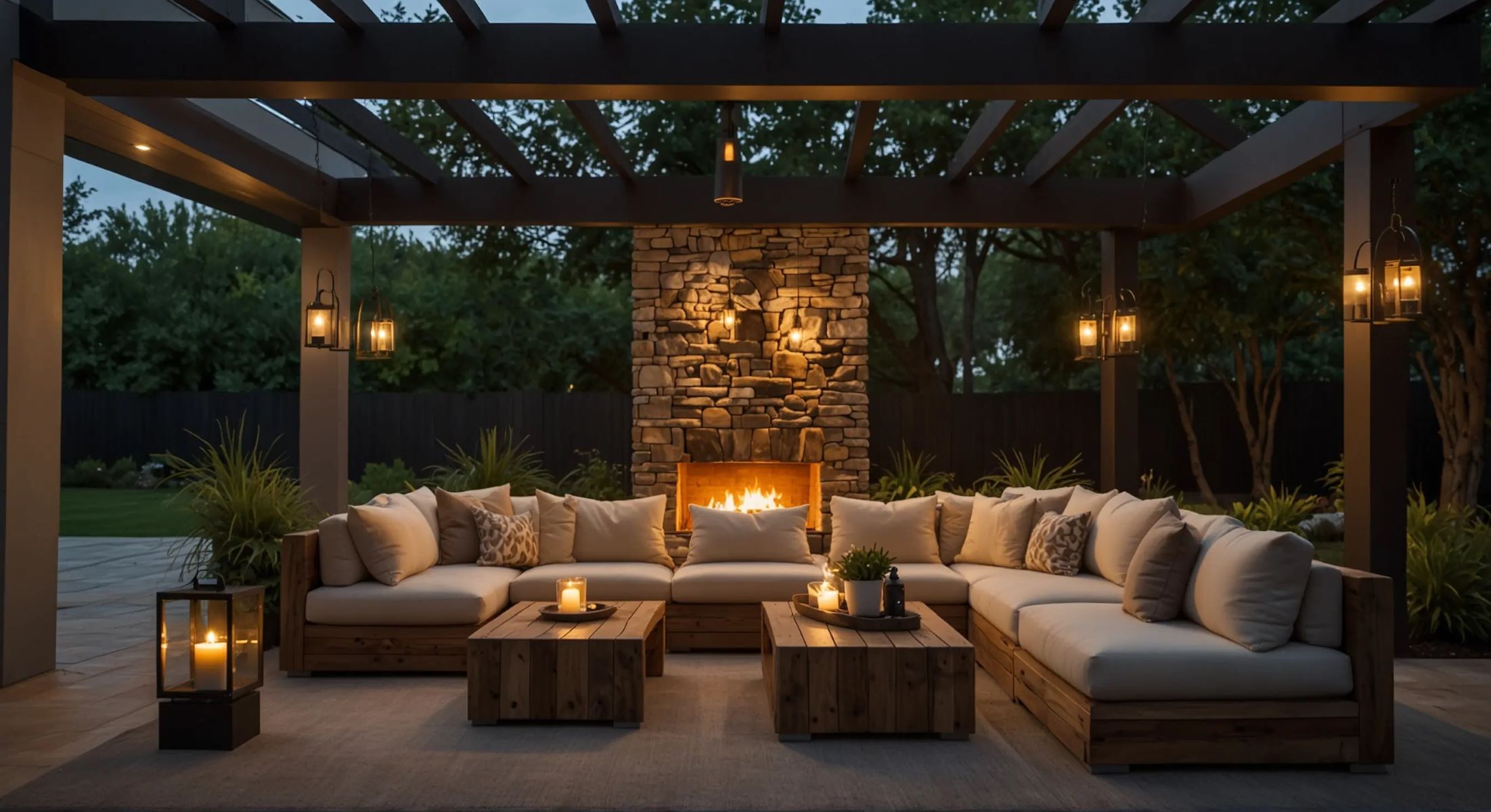
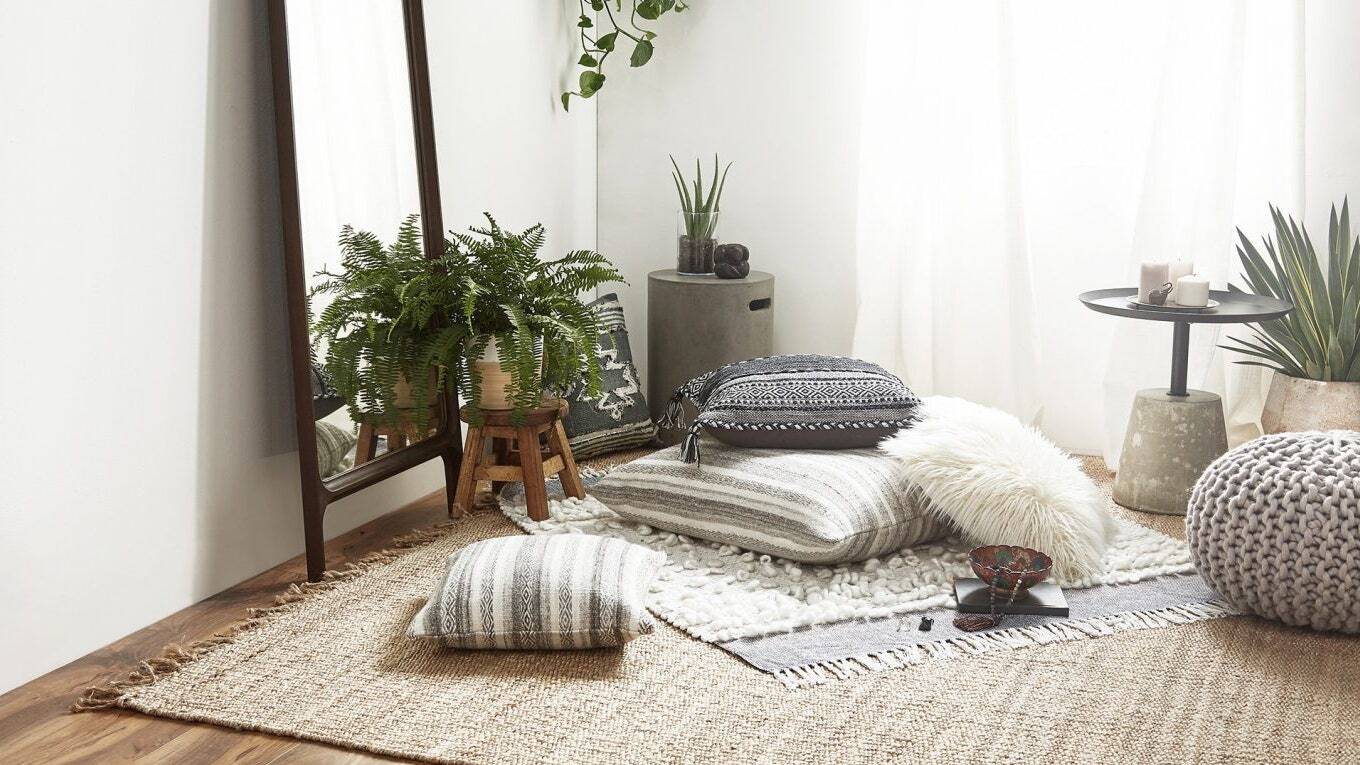
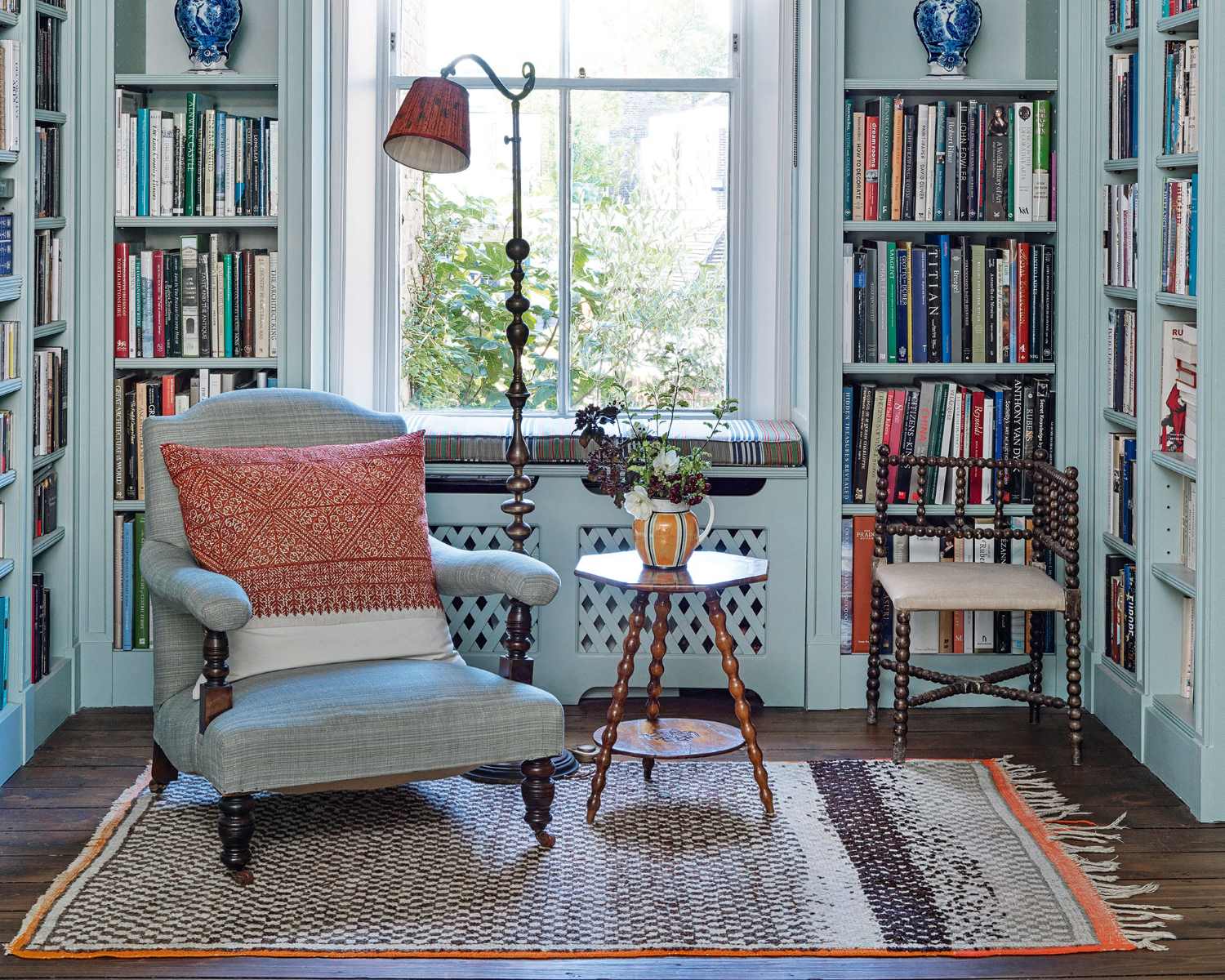
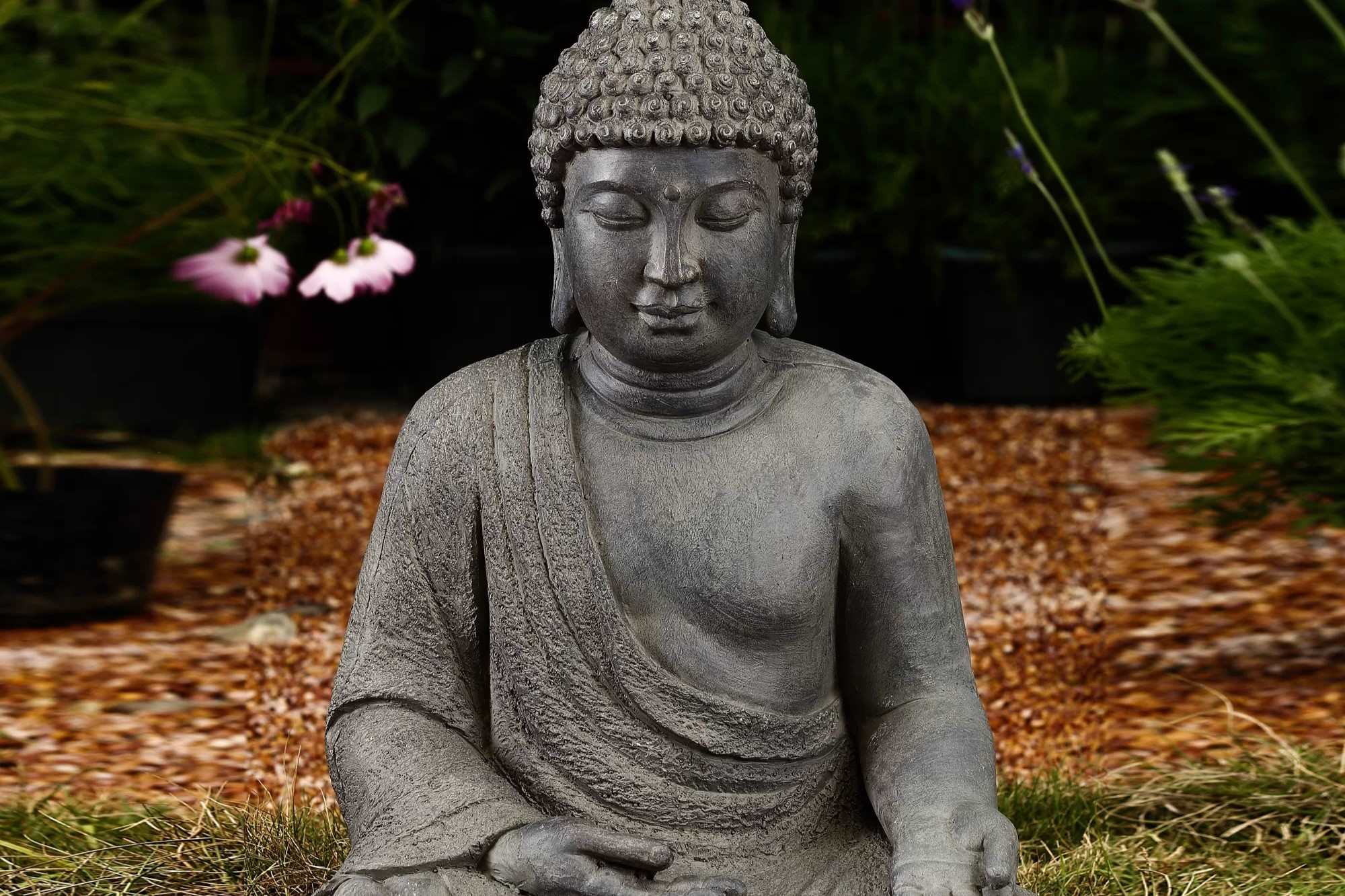

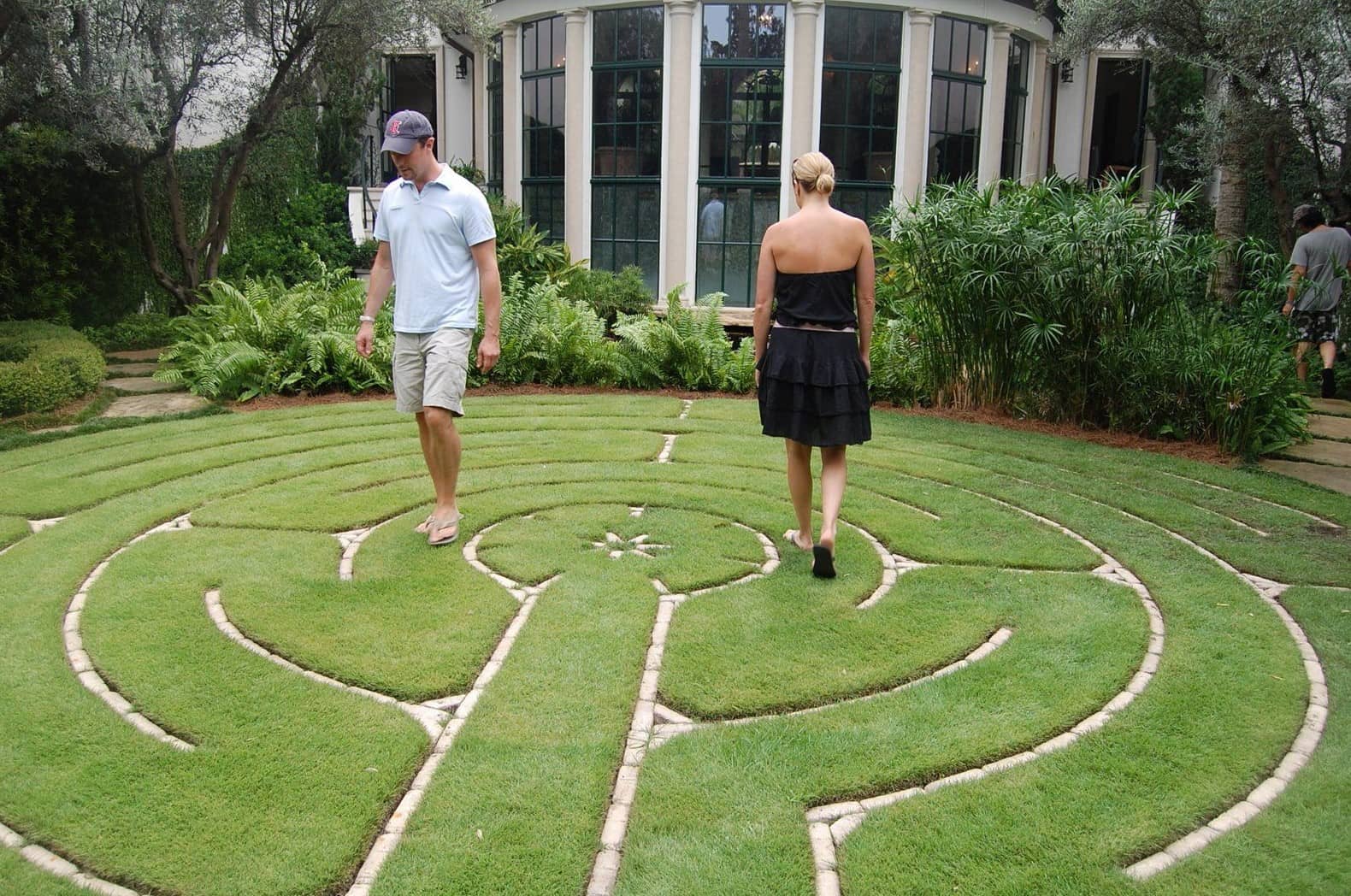
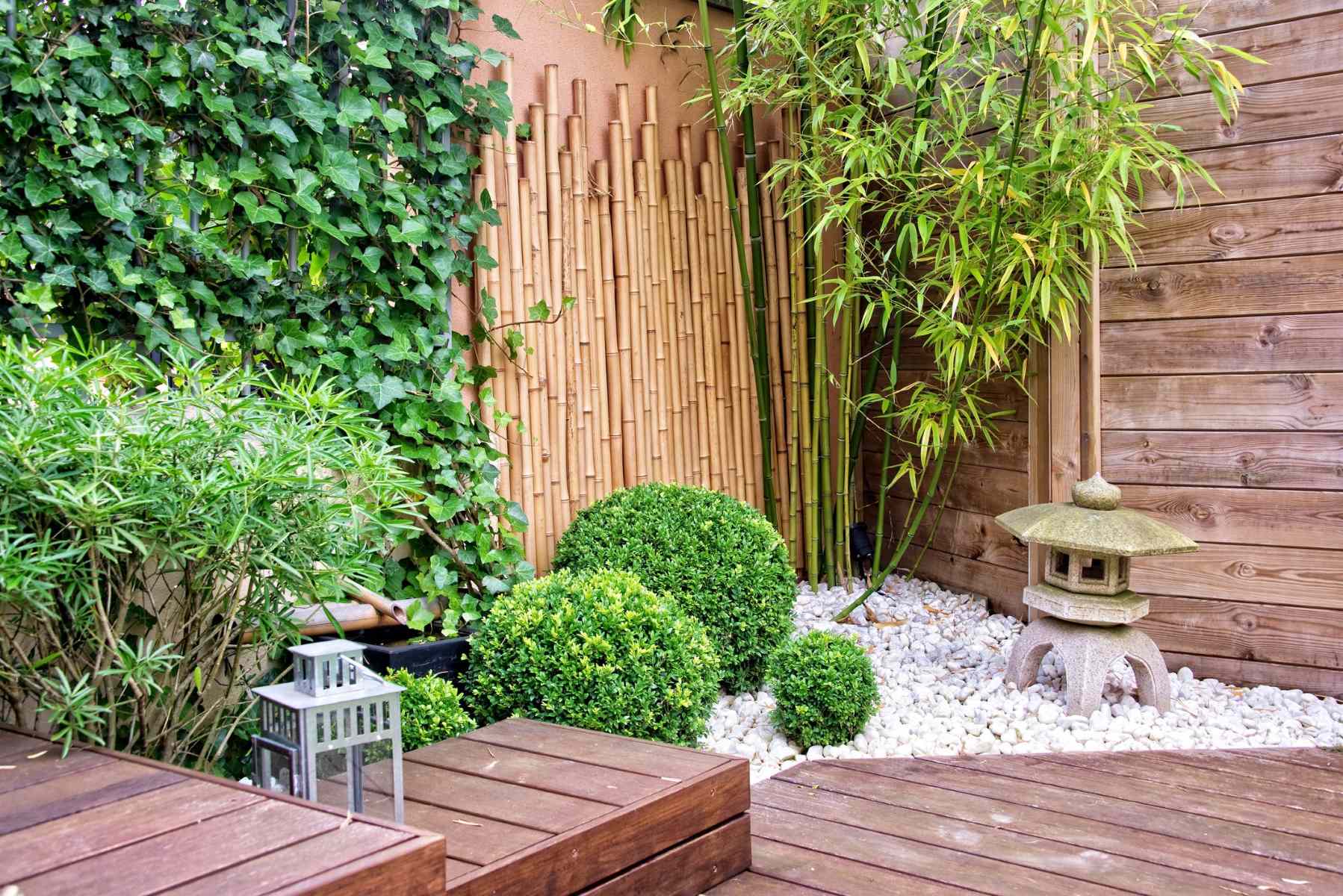
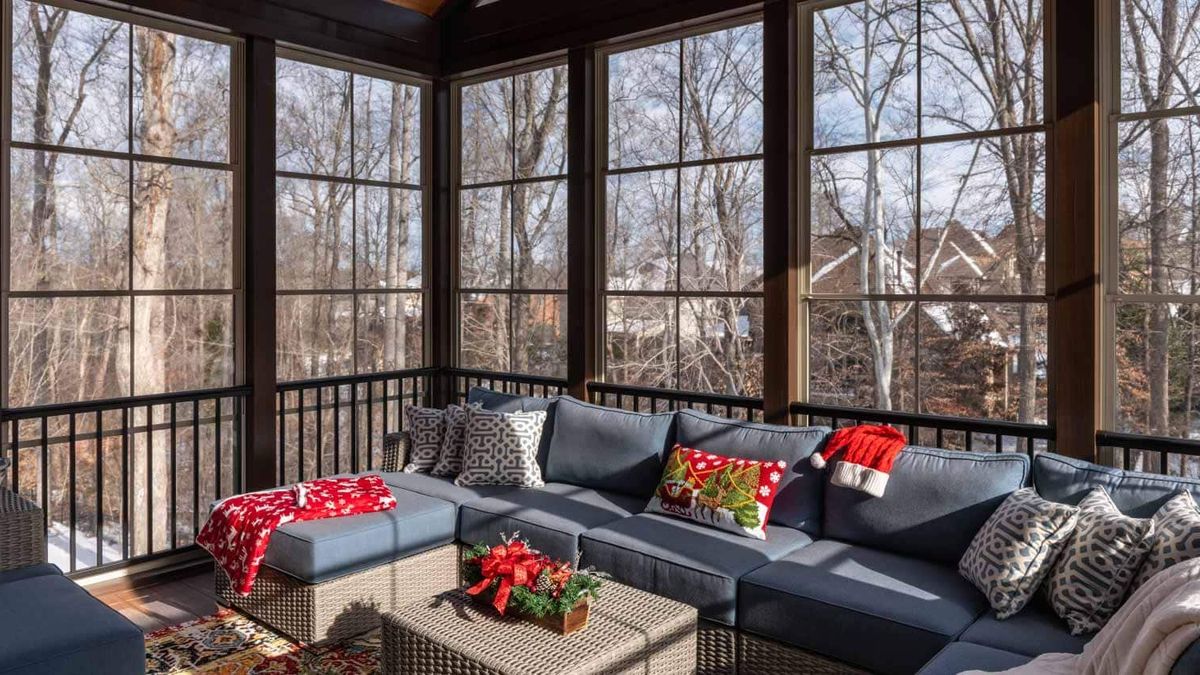
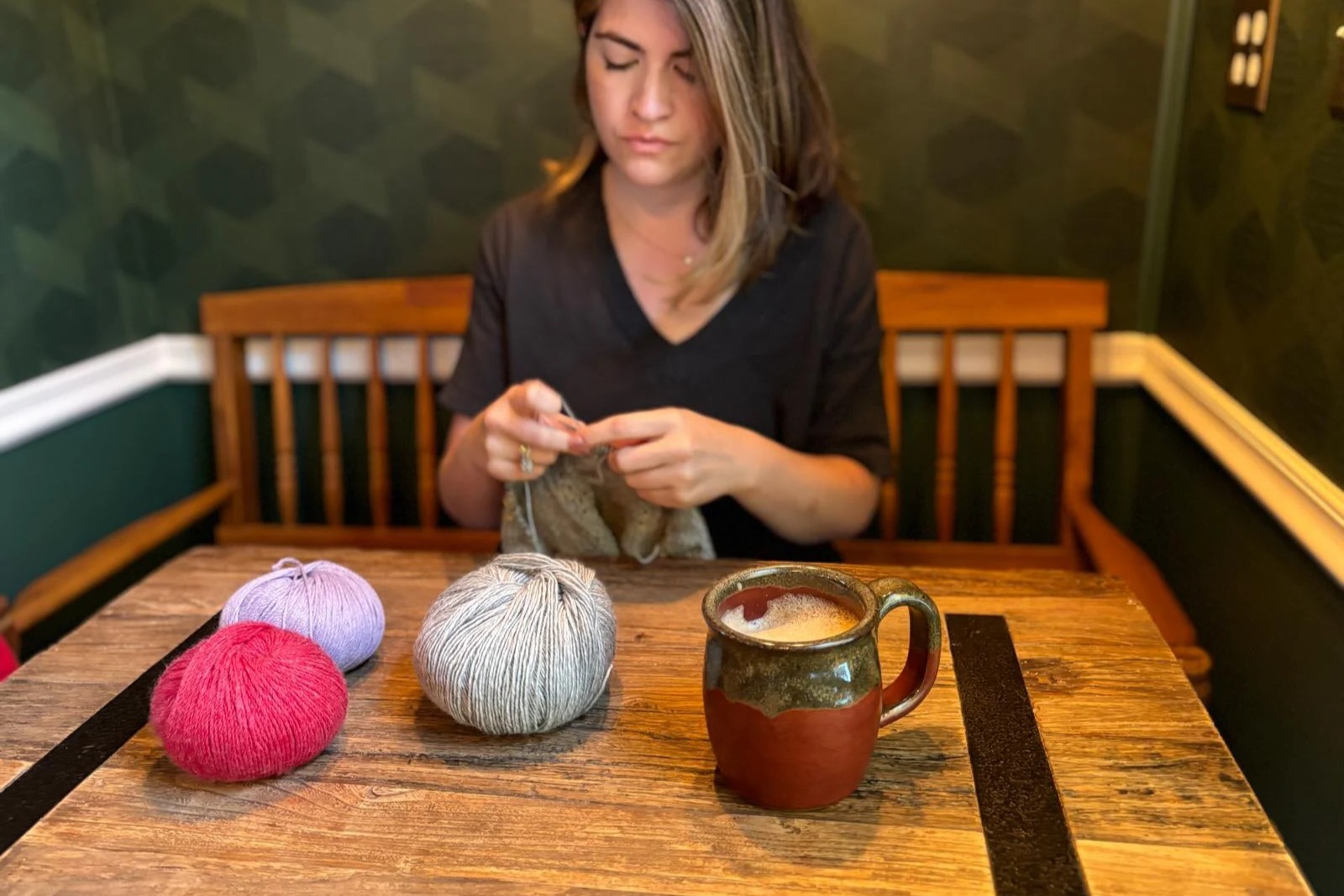
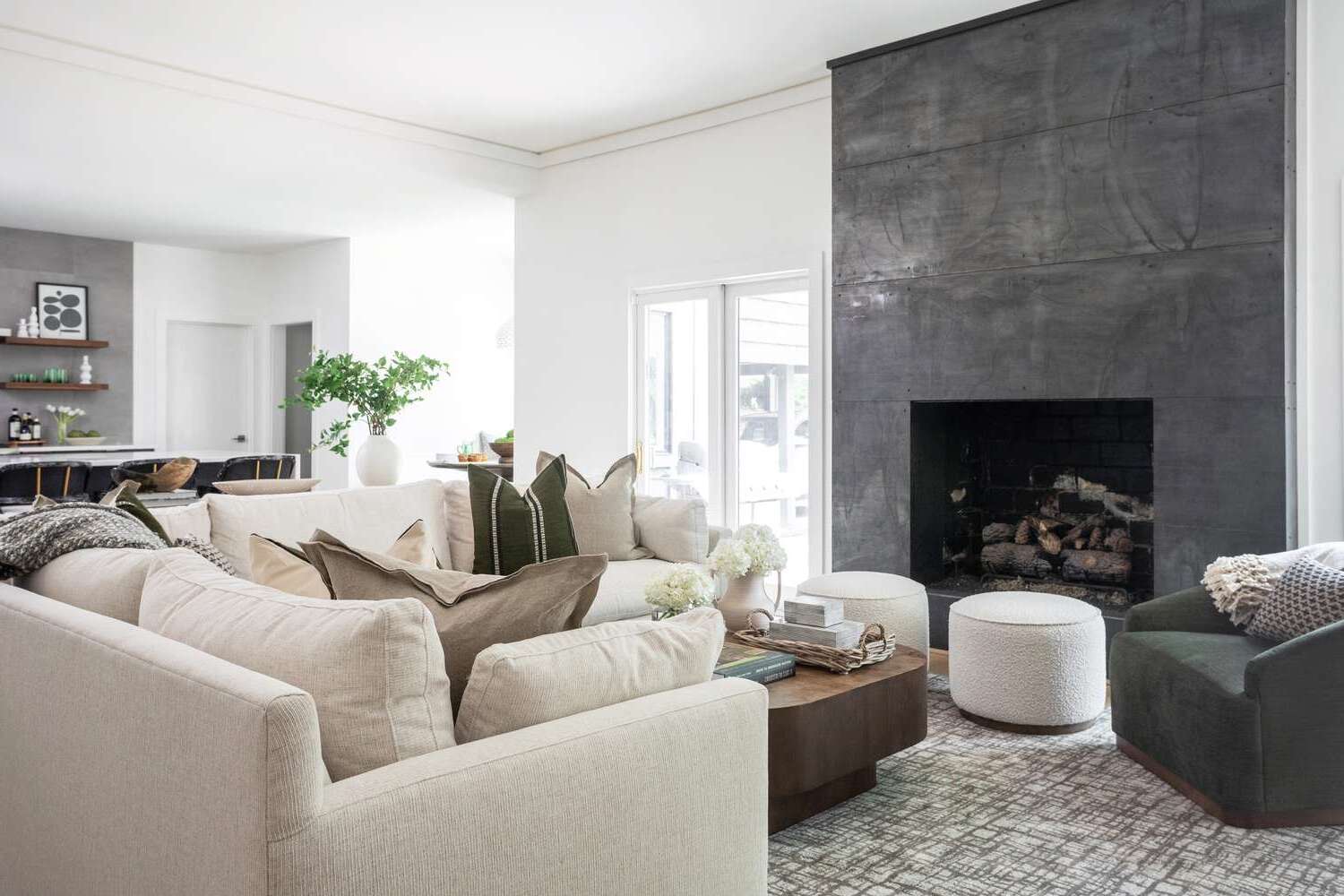
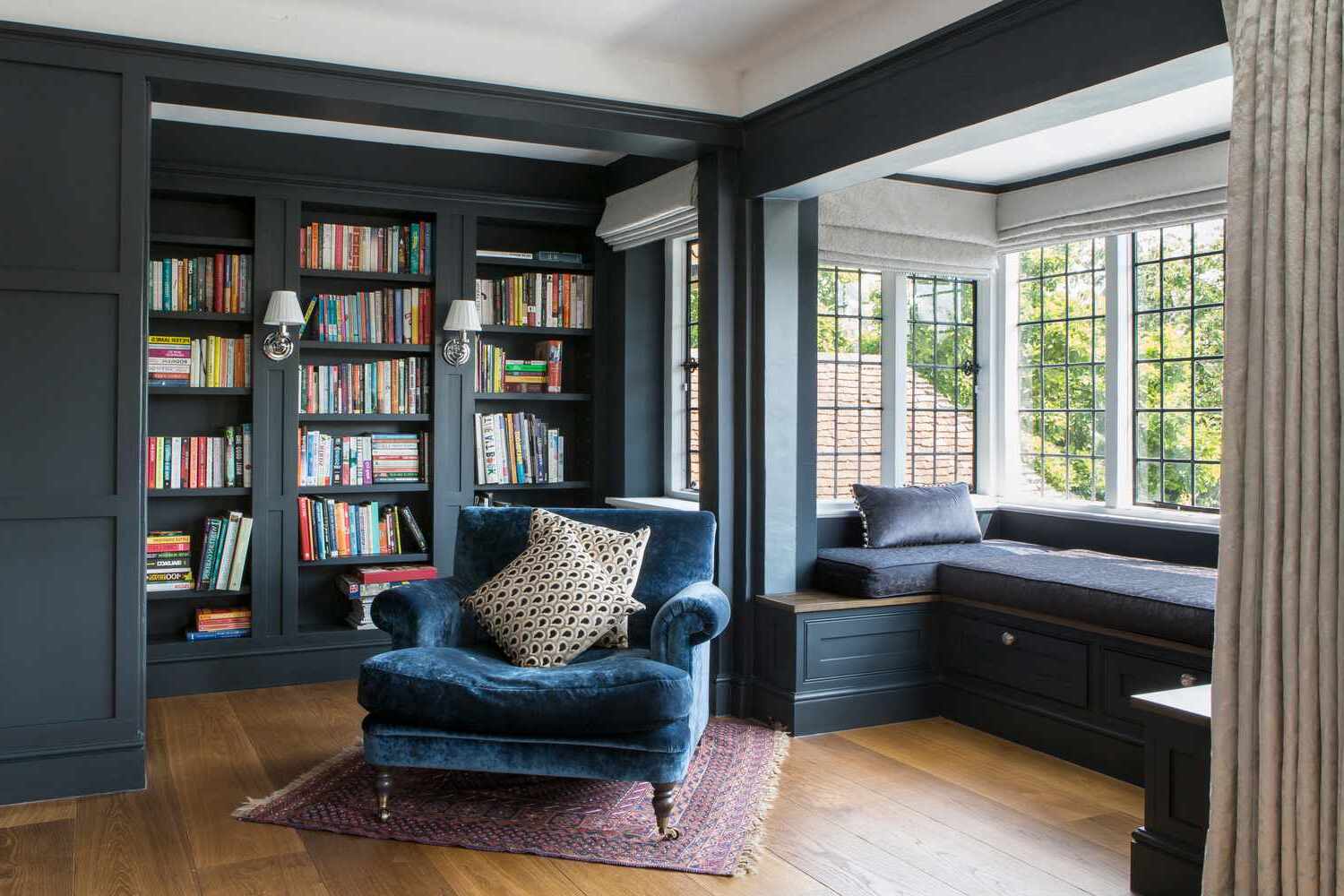
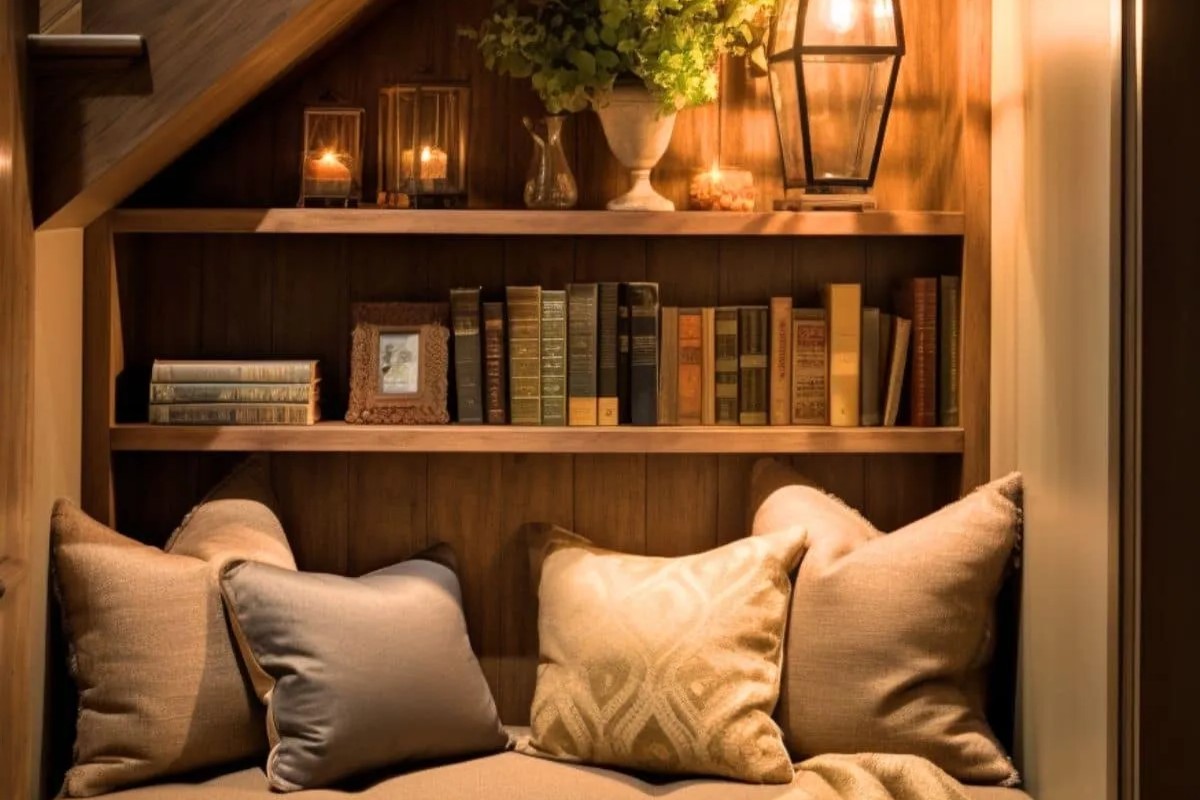
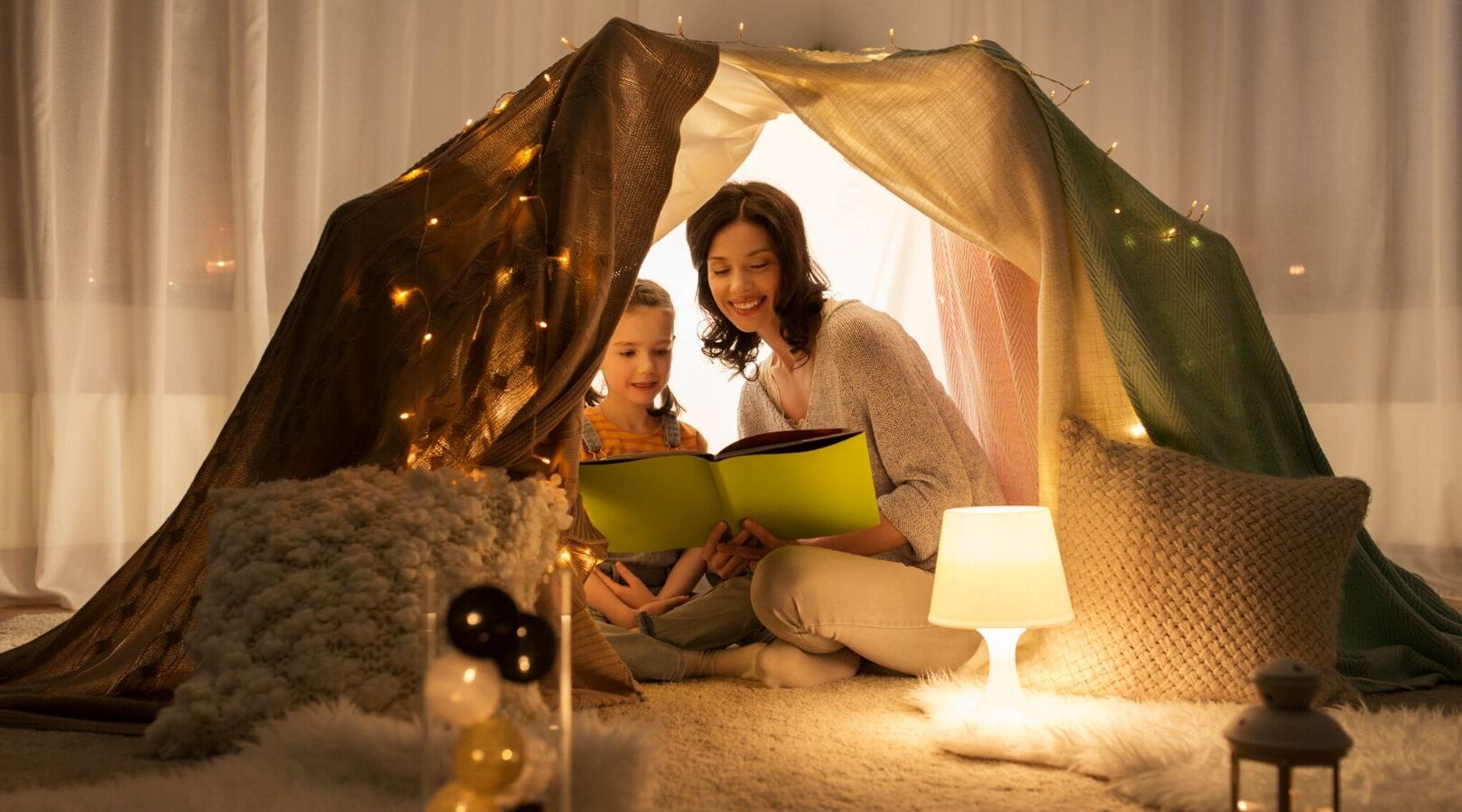
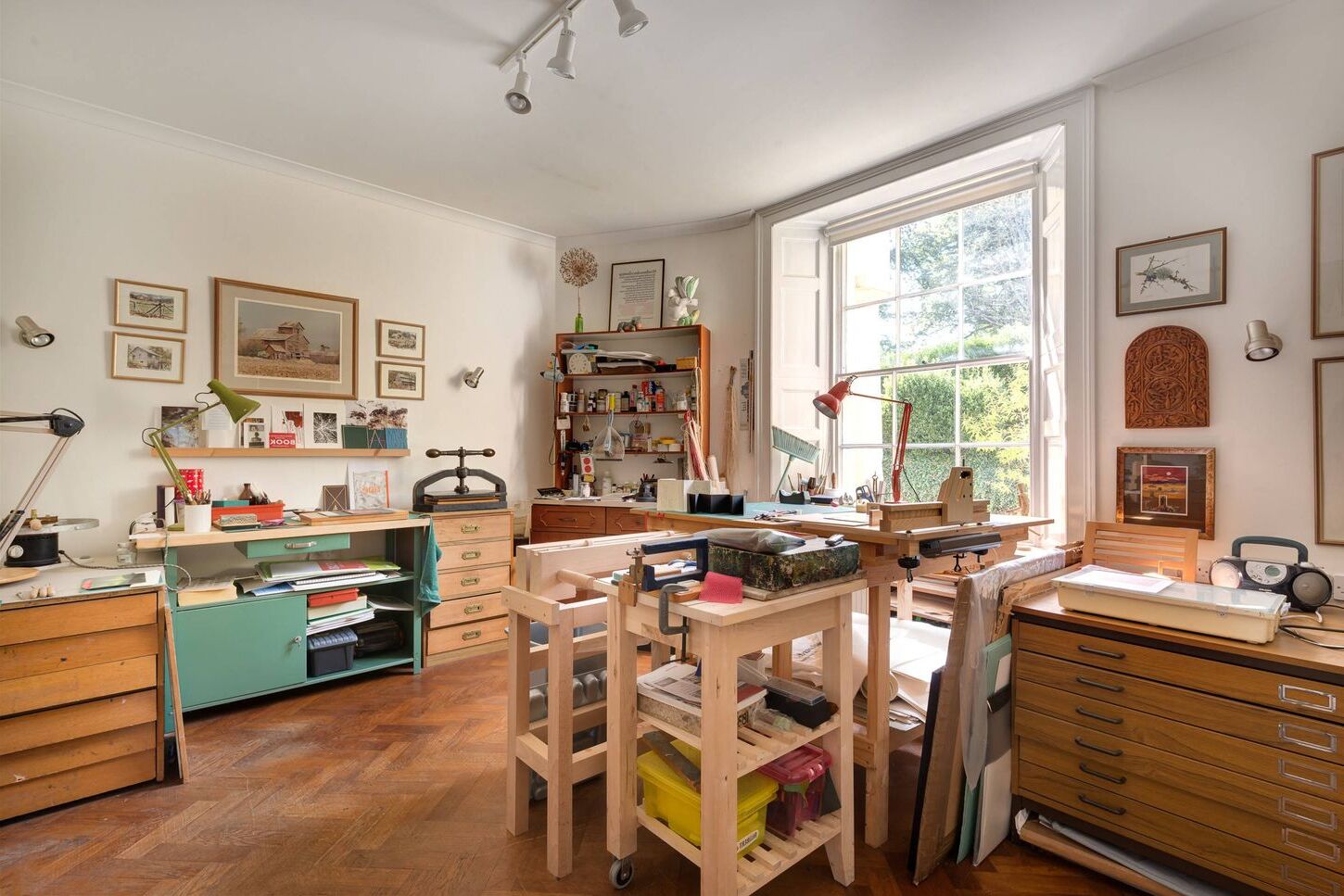

0 thoughts on “How To Create A Cozy Corner For Mindfulness And Meditation”